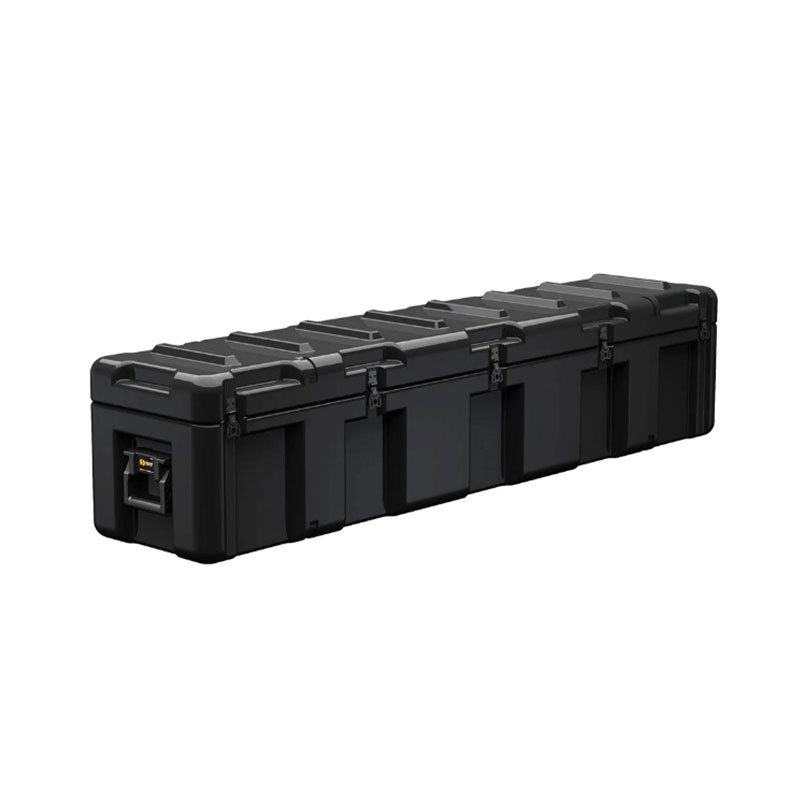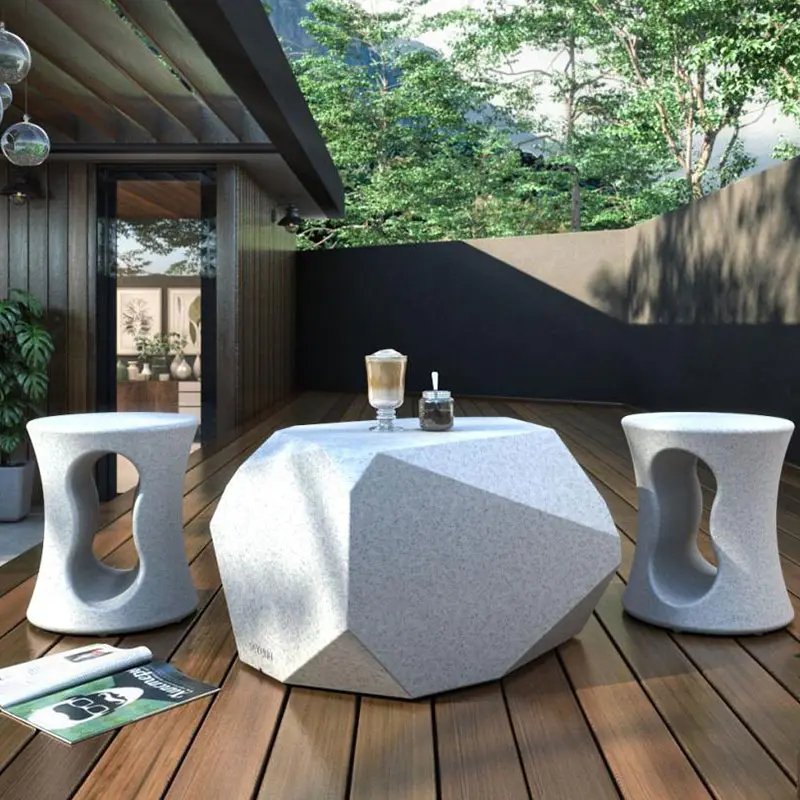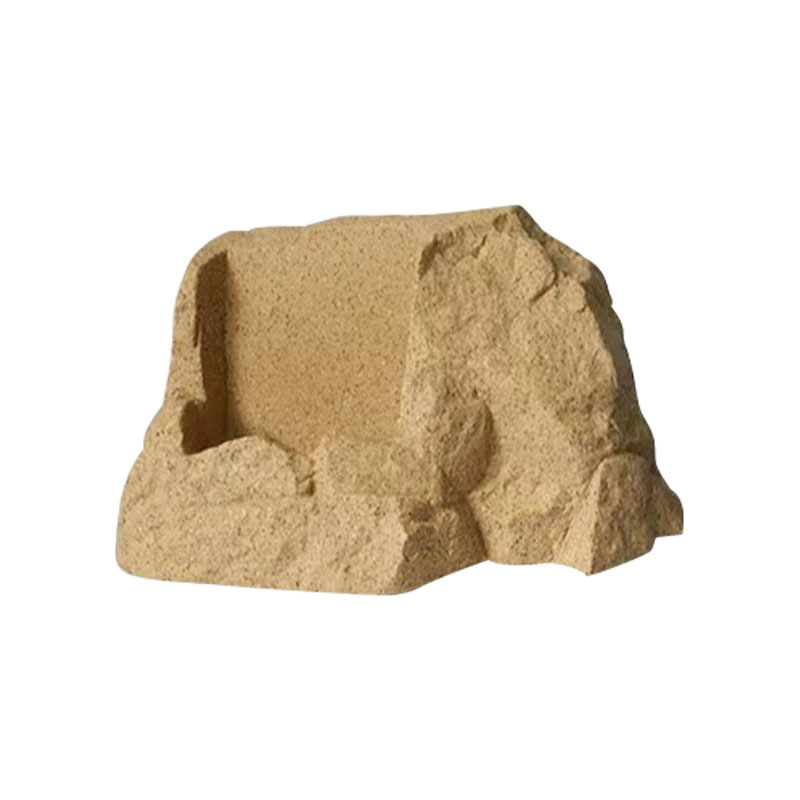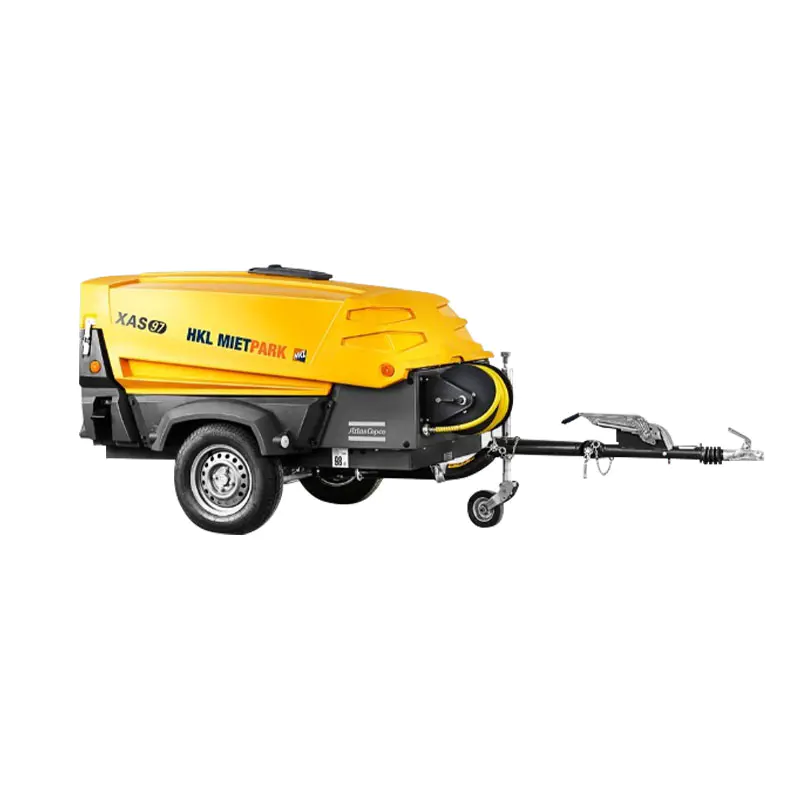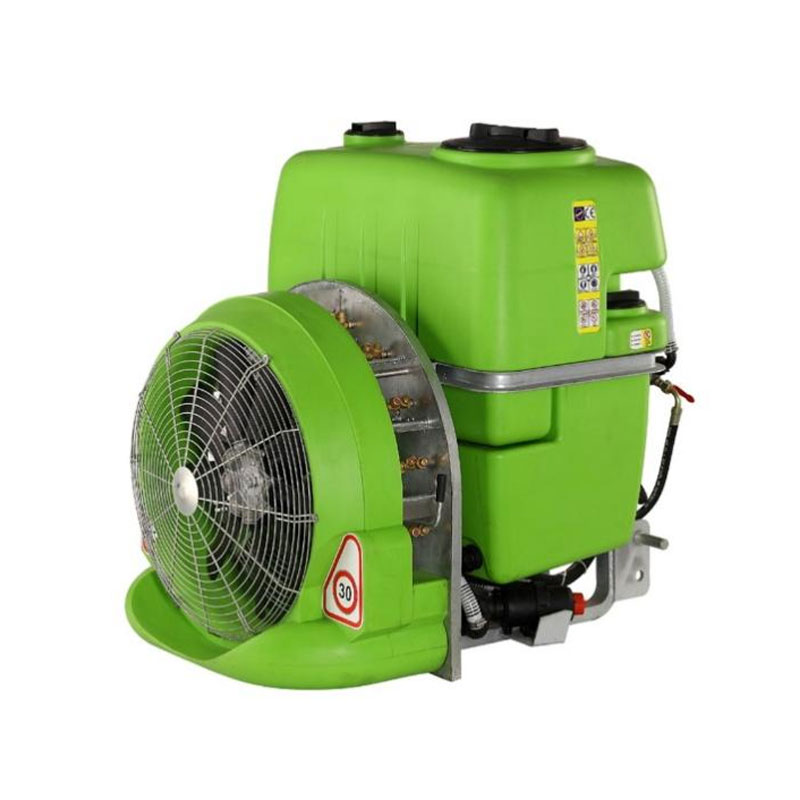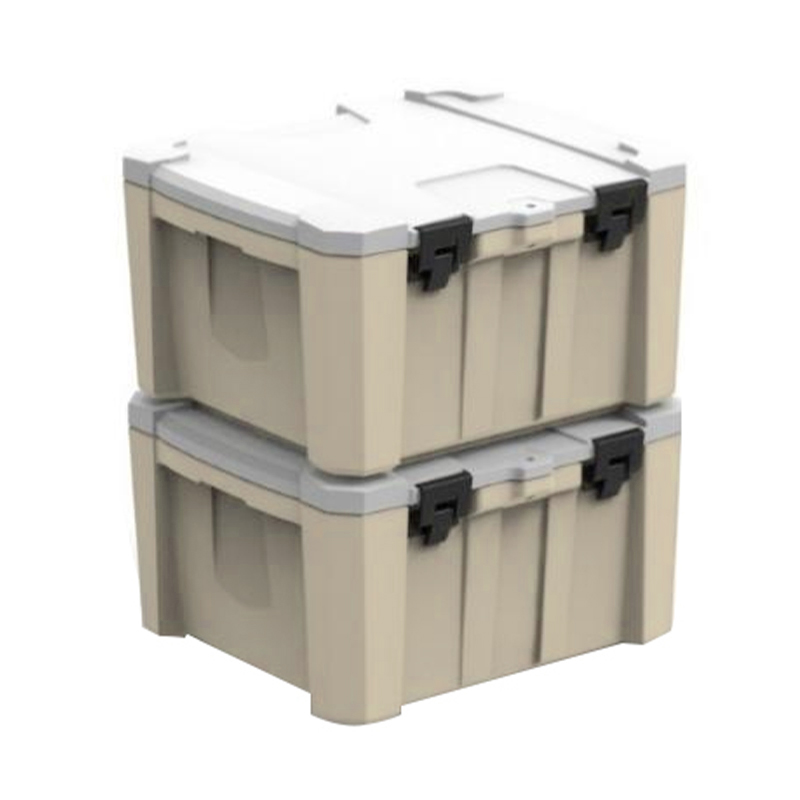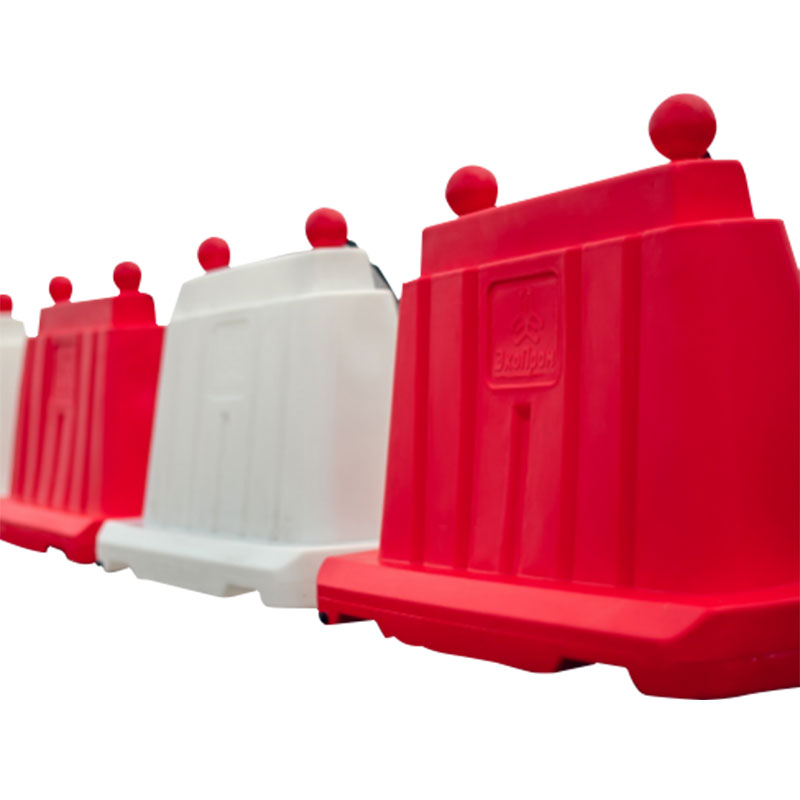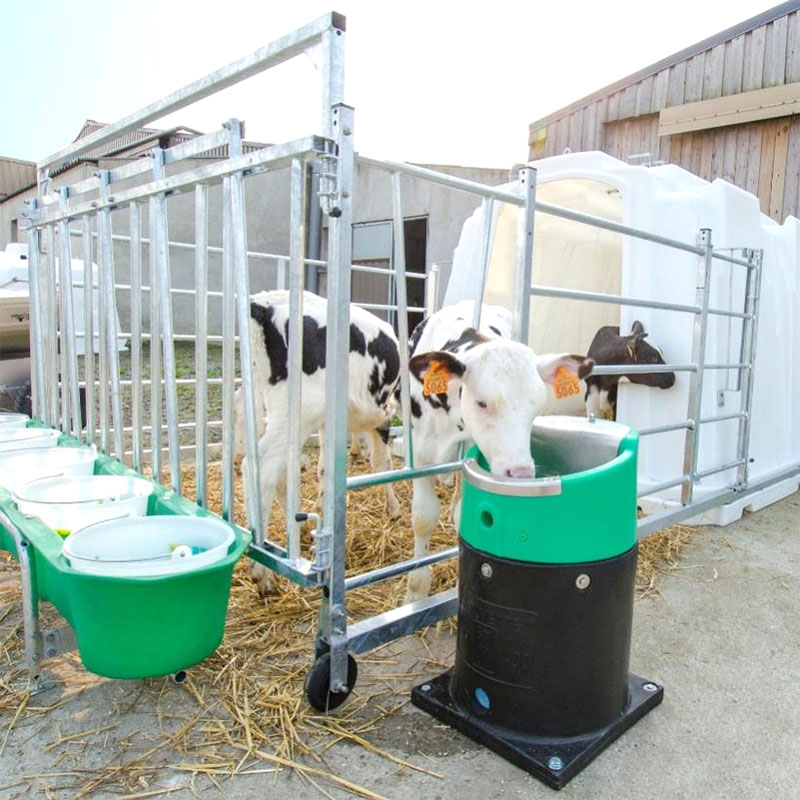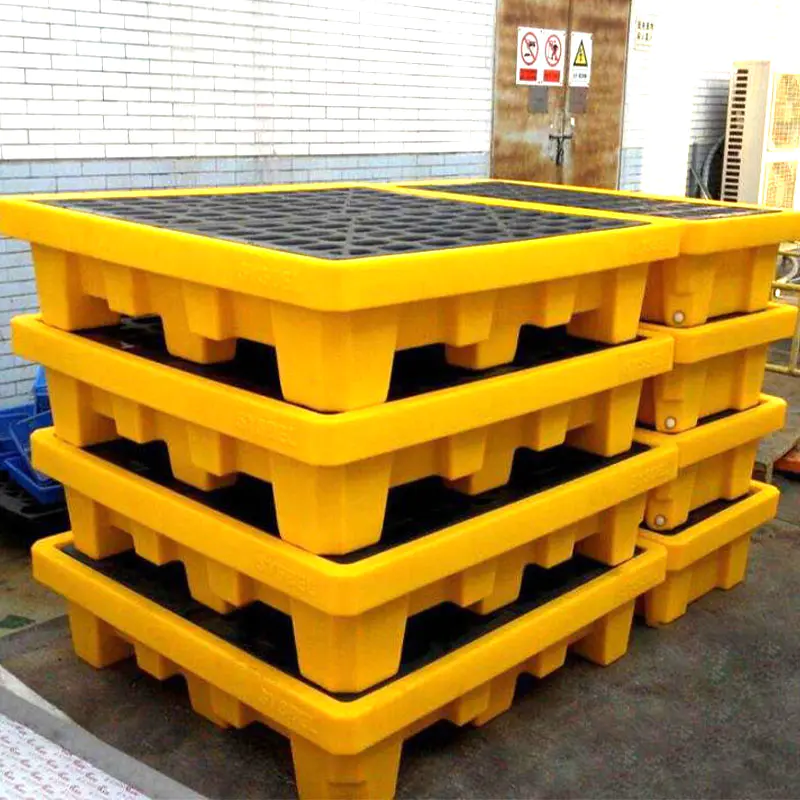The furniture manufacturing industry is undergoing a transformation, driven by advancements in production technologies that prioritize durability, cost-efficiency, and sustainability. Among these innovations, rotational molding furniture molds have emerged as a key enabler of high-performance, customizable, and eco-friendly furniture. Unlike traditional manufacturing methods, rotational molding (also known as rotomolding) allows for seamless, hollow designs with uniform wall thickness, making it ideal for outdoor, modular, and ergonomic furniture.
What Makes Rotational Molding the Go-To Technology for Durable Furniture Production?
Rotational molding is a manufacturing process where a heated mold rotates biaxially, evenly distributing plastic material along the interior walls to form a hollow part. This method is particularly well-suited for furniture production due to its ability to create large, robust, and lightweight components without seams or weak points. Unlike injection molding or blow molding, which may introduce stress points or require secondary assembly, rotational molding produces furniture pieces in a single step, reducing labor costs and material waste.
One of the most significant advantages of rotational molding furniture molds is their ability to manufacture weather-resistant and UV-stable products. Outdoor furniture, such as patio chairs, tables, and storage units, benefits from the process’s compatibility with polyethylene (PE) and other polymers that resist cracking, fading, and moisture damage. Additionally, rotomolding allows for thicker wall sections compared to other plastic molding techniques, enhancing structural integrity—a critical factor for furniture subjected to heavy use.
Industry trends indicate a growing shift toward rotational molding for furniture due to its scalability and design flexibility. While injection molding requires high initial tooling costs and is better suited for mass production of small parts, rotational molding is cost-effective for both low and medium production runs. This makes it an attractive option for custom furniture manufacturers and startups looking to experiment with unique shapes without prohibitive upfront investments.
How Are Advanced Rotomolding Molds Enabling Custom and Sustainable Furniture Designs?
As consumer demand for sustainable and personalized furniture grows, rotational molding furniture molds are playing a pivotal role in meeting these expectations. The process inherently produces less scrap material compared to subtractive manufacturing methods, aligning with circular economy principles. Furthermore, many manufacturers now use recycled plastics, such as post-consumer polyethylene, in rotomolding, reducing environmental impact without compromising product quality.
Design flexibility is another major benefit. Unlike rigid tooling methods, rotational molding allows for intricate geometries, undercuts, and embedded components—features that are difficult or expensive to achieve with other techniques. For example, ergonomic lounge chairs with contoured seating or modular storage units with integrated hinges can be produced in a single mold cycle, eliminating assembly steps.
The table below highlights key sustainability and design advantages of rotational molding furniture molds compared to traditional methods:
| Feature | Rotational Molding | Injection Molding | Blow Molding |
|---|---|---|---|
| Material Waste | Low (no sprues/runners) | Moderate (trimming needed) | High (excess parison) |
| Wall Thickness Control | Uniform, adjustable | Limited by flow | Variable, less precise |
| Hollow Structures | Seamless, stress-free | Requires assembly | Possible, but with seams |
| Sustainable Materials | Compatible with recycled plastics | Limited by melt flow | Challenging for some regrinds |
This adaptability makes rotational molding ideal for furniture brands aiming to differentiate themselves through innovative, eco-conscious designs.
What Should Manufacturers Consider When Choosing a Rotational Molding Mold for Furniture?
Selecting the right rotational molding furniture mold is critical to achieving optimal production efficiency and product quality. The first consideration is material choice—aluminum molds offer superior heat transfer and faster cycle times, while steel molds provide greater durability for long production runs. For intricate designs with fine details, machined aluminum is often preferred, whereas steel is better suited for high-volume manufacturing where wear resistance is paramount.
Mold design also plays a crucial role in minimizing defects such as warping or uneven cooling. Proper venting, wall thickness consistency, and draft angles must be carefully engineered to ensure smooth demolding and dimensional accuracy. Additionally, manufacturers should evaluate cooling systems, as inefficient cooling can prolong cycle times and increase energy costs. Advanced rotomolding molds now incorporate conformal cooling channels that follow the mold’s contours, reducing cycle times by up to 30%.
Maintenance is another key factor. Regular cleaning, inspection for wear, and proper storage extend mold lifespan and prevent production delays. Investing in high-quality rotational molding furniture molds may require a higher initial cost, but the long-term benefits—lower per-unit costs, reduced downtime, and consistent product quality—justify the expenditure.
Is Rotomolding the Future of Affordable yet High-End Furniture Manufacturing?
The furniture industry’s evolving demands—greater durability, sustainability, and customization—position rotational molding as a leading manufacturing solution. As automation and smart manufacturing technologies advance, rotomolding is becoming even more efficient, with AI-driven process optimization reducing material usage and energy consumption.
Market trends suggest that consumers increasingly favor furniture that balances aesthetics with functionality, particularly in outdoor and space-saving designs. Rotational molding furniture molds enable manufacturers to meet these expectations by producing lightweight yet sturdy pieces that resist environmental wear. Furthermore, as sustainable practices become a competitive differentiator, rotomolding’s compatibility with recycled materials will likely drive further adoption.
While rotational molding may not replace all traditional furniture manufacturing methods, its advantages in cost-efficiency, design freedom, and sustainability make it a compelling choice for forward-thinking brands. As technology continues to refine the process, rotational molding furniture molds will play an even greater role in shaping the future of furniture production.

 English
English 中文简体
中文简体 русский
русский Español
Español